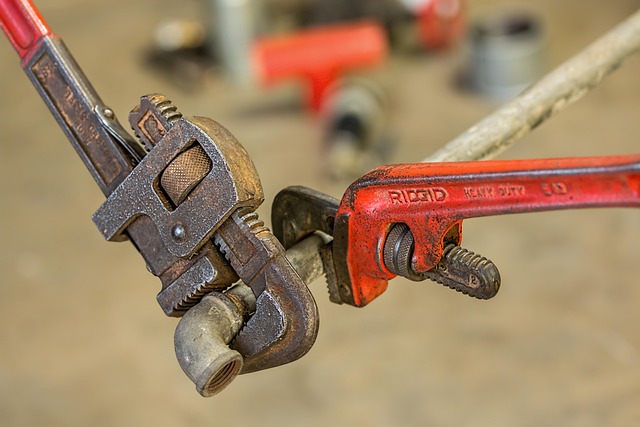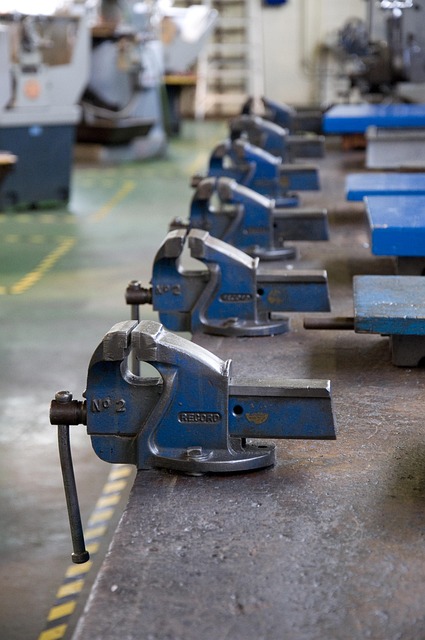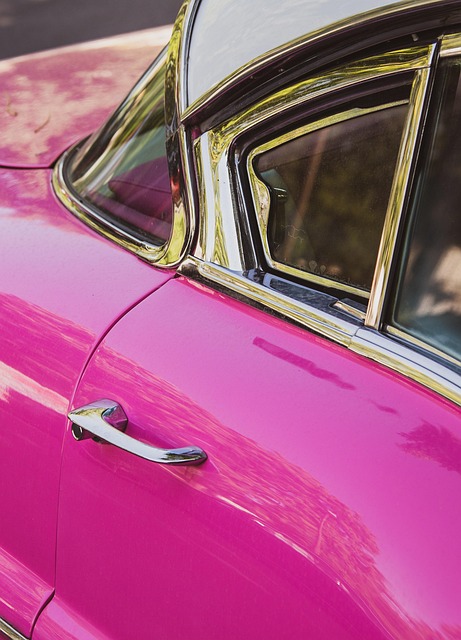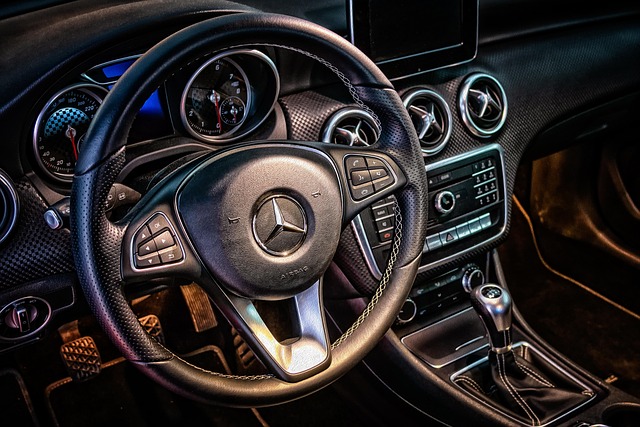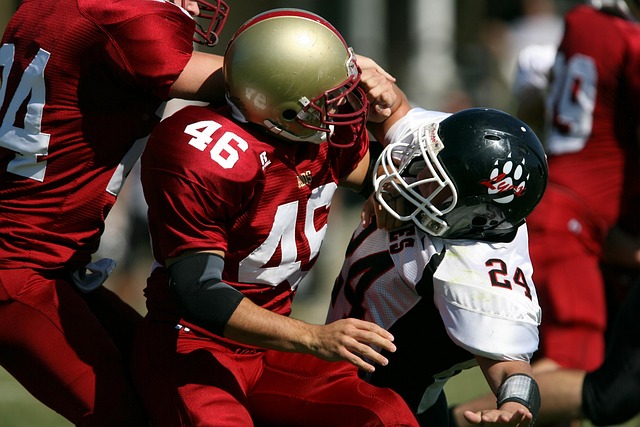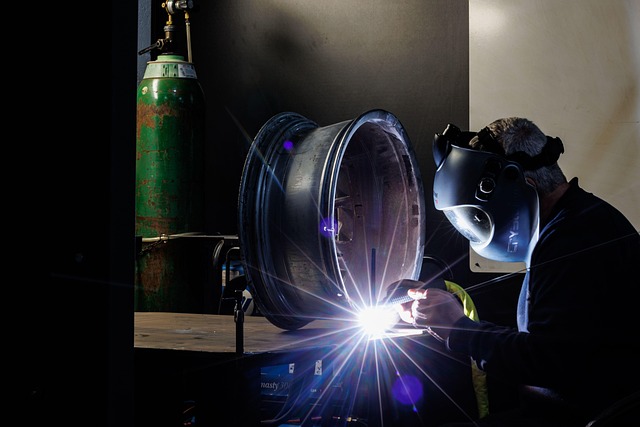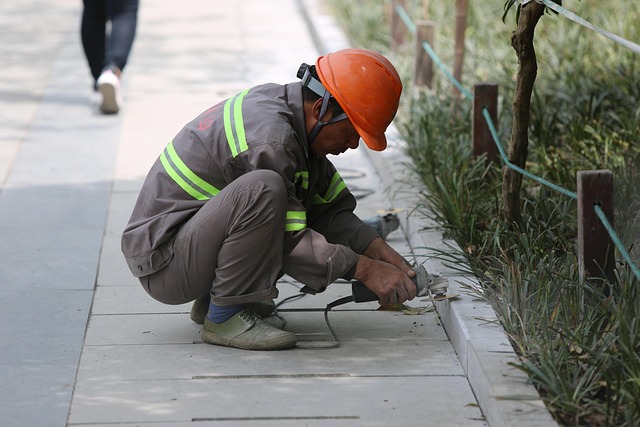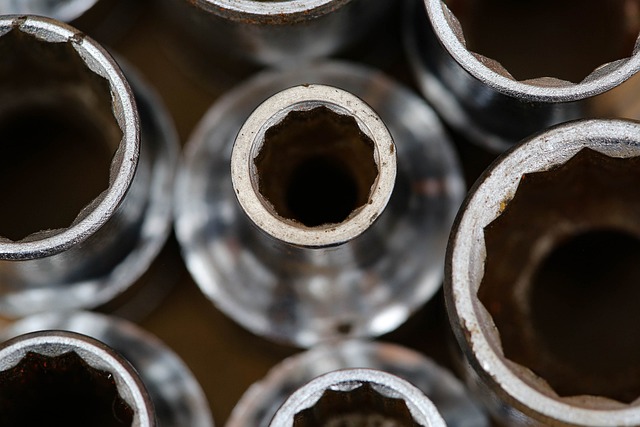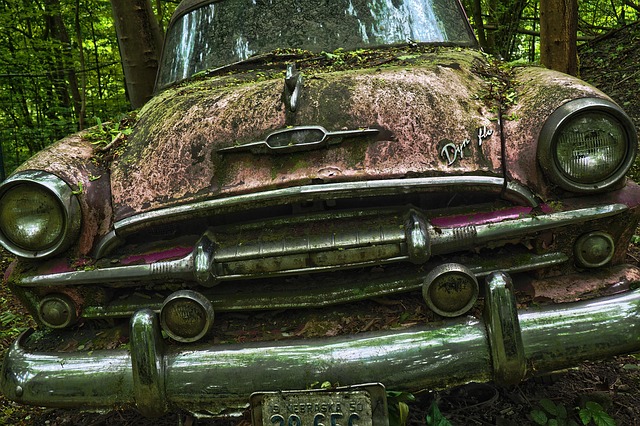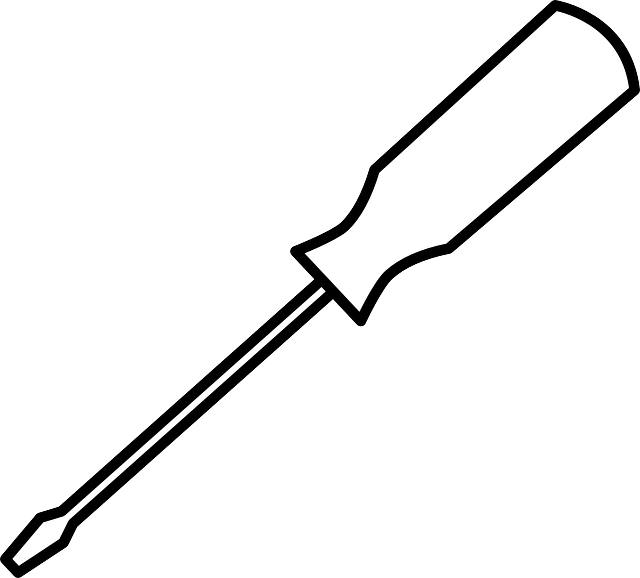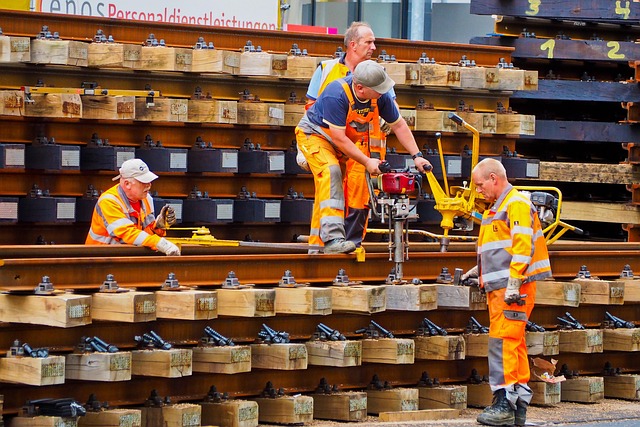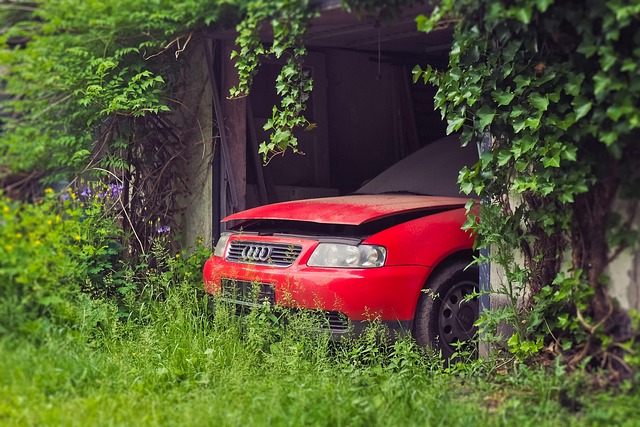Windshield calibration ensures vehicle displays align with the driver's line of sight, enhancing safety and functionality. Misalignment causes distorted or off-center displays, leading to confusion and potential accidents. Regular checks and adjustments are needed after body work or repairs, impacting performance and safety. Accurate alignment prevents obstructed views, enhances aesthetics, and contributes to a satisfying repair experience. Precise techniques and meticulous attention are required to avoid common issues like sensor errors, dirty glass, or misaligned tools. Considering weather, temperature, and collision history ensures optimal calibration for high-quality outcomes in detailing and collision repairs.
“Avoid critical mistakes in your windshield calibration setup with our comprehensive guide. Windshield calibration, a crucial process for optimal vehicle safety systems, demands precision. We’ll walk you through understanding its significance, identifying common challenges, and preparing for success. From essential tools to environment considerations, this article ensures accurate results. Learn the step-by-step process, from setting up hardware and software to final checks, ensuring your windshield calibration is a seamless, precise operation.”
- Understanding Windshield Calibration: The Basics
- – Definition and significance of windshield calibration
- – Common challenges and potential errors in setup
Understanding Windshield Calibration: The Basics
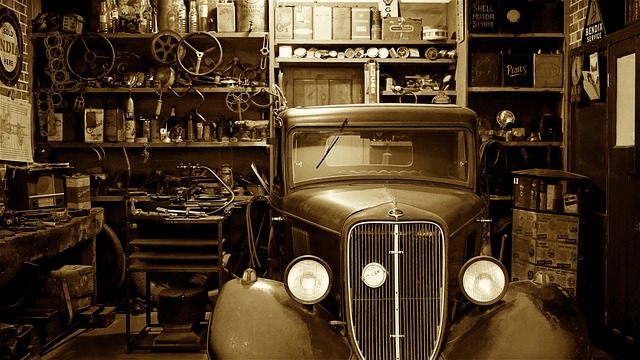
Windshield calibration is a critical process that ensures your vehicle’s display systems are accurately aligned with the driver’s line of sight. It’s not just about achieving perfect visuals; it’s also about safety. A misaligned windshield can lead to distorted or off-center displays from systems like navigation, speedometers, and climate controls, potentially causing confusion or even accidents.
Understanding how your car’s windshield interacts with its sensors is key. Factors like the angle of the windshield, its curvature, and the placement of components within the vehicle body play a significant role in calibration. Regular checks and adjustments are essential, especially after any car body restoration or dent removal services, as these can impact the alignment. By keeping your windshield calibration optimal, you enhance both the functionality and safety of your vehicle’s onboard systems.
– Definition and significance of windshield calibration
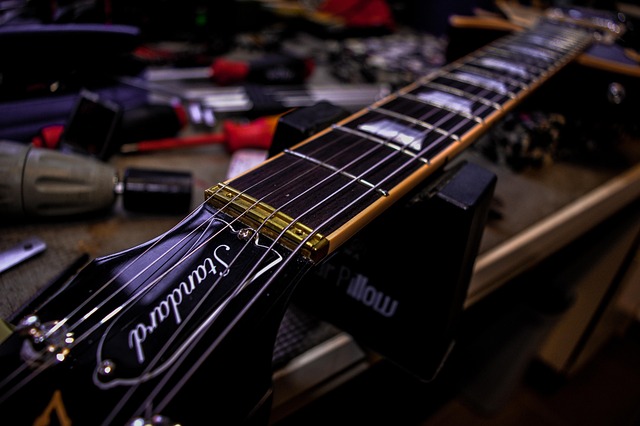
Windshield calibration is a critical process that ensures your vehicle’s front glass is perfectly aligned and level, providing optimal visibility and safety while driving. It involves precise adjustments to the windshield’s position, ensuring it follows the contour of the vehicle’s roofline seamlessly. This setup is significant in several ways; for one, it prevents obstructed views, which can be a matter of life and death on the road. Additionally, proper calibration enhances the overall aesthetics of the vehicle, particularly when considering the seamless integration of the glass with the auto body work and paintless dent repair techniques.
In the realm of auto body work, maintaining accurate windshield alignment is crucial for achieving that sleek, factory-like finish. It ensures that any repairs or replacements blend seamlessly into the existing frame straightening process, preserving the vehicle’s structural integrity and aesthetic appeal. This attention to detail not only guarantees better driver visibility but also contributes to a more satisfying overall repair experience.
– Common challenges and potential errors in setup

Many vehicle owners make the mistake of assuming that setting up a windshield calibration is a straightforward process. However, this task requires precision and attention to detail to ensure accurate results. Common challenges include incorrect placement of sensors, poor visibility due to dirt or debris on the glass, and improper alignment of the calibration tool with the car’s specifications. These errors can lead to off-target readings, affecting the overall quality of auto detailing and windshield repair services.
Additionally, factors such as varying weather conditions, temperature changes, and even the type of car paint services used can influence the setup process. For instance, a recent automotive collision repair might have altered the windshield’s structural integrity, requiring specific adjustments during calibration. Being mindful of these potential pitfalls is crucial to achieving accurate calibration and ensuring top-notch results in both car paint services and automotive collision repair work.
Avoiding mistakes in windshield calibration is key to ensuring accurate and reliable vehicle sensors. By understanding the basics of calibration and being aware of common challenges, such as improper placement, outdated software, or inconsistent cleaning, you can significantly reduce errors. Regular maintenance and meticulous setup procedures are essential practices for any driver aiming to optimize their vehicle’s performance and safety features. Remember, a well-calibrated windshield is a crucial component in today’s advanced automotive systems.
